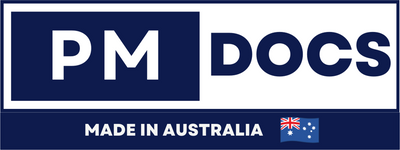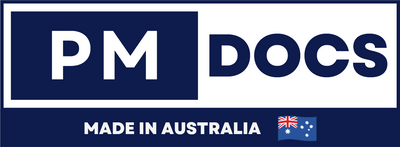Internal Audit Checklist For Australian Companies
Introduction
Internal audits are a vital component of maintaining robust corporate governance and effective risk management within any organization. For Australian companies, adhering to a comprehensive internal audit checklist ensures compliance with legal requirements and industry standards, and helps in identifying areas for improvement. This guide provides an actionable internal audit checklist tailored for Australian companies to streamline their internal audit processes.

Understanding Internal Audits
Internal audits assess a company’s operations, internal controls, and risk management processes. They aim to ensure compliance, enhance efficiency, and mitigate risks. Audits can be performed by an internal team or outsourced to professional auditors. In Australia, internal audits are crucial for meeting regulatory requirements and maintaining stakeholder trust.
1. Why Are Internal Audits Important?
Internal audits help companies identify inefficiencies, ensure compliance with laws and regulations, and protect against fraud. They also provide assurance to stakeholders that the company is operating effectively and ethically.
Key Benefits Of Internal Audits
- Risk Management: Identifies potential risks and implements controls to mitigate them.
- Operational Efficiency: Enhances process efficiency and reduces waste.
- Regulatory Compliance: Ensures adherence to relevant laws and industry standards.
- Financial Accuracy: Validates the accuracy of financial reporting and data integrity.
Preparing For An Internal Audit
Preparation is key to a successful internal audit. Here are steps to ensure your company is ready:
1. Establish Audit Objectives
Define the purpose of the audit. Is it to assess financial accuracy, evaluate risk management, or ensure regulatory compliance? Clear objectives guide the audit process and focus efforts.
2. Assemble an Audit Team
Choose qualified professionals with expertise in auditing, finance, and your industry. Ensure the team has a mix of skills to cover different aspects of the audit.
3. Develop an Audit Plan
Create a detailed plan outlining the scope, timeline, and resources needed for the audit. The plan should include specific areas to be audited, such as financial records, internal controls, and compliance with laws and regulations.
Conducting The Internal Audit
Executing the audit involves several key steps, each critical to achieving a comprehensive evaluation.
1. Gather and Analyze Data
Collect relevant data and documents, such as financial records, compliance reports, and internal policies. Analyze this information to identify trends, discrepancies, and areas of concern.
2. Evaluate Internal Controls
Assess the effectiveness of internal controls in preventing errors and fraud. This includes reviewing policies, procedures, and security measures in place.
3. Assess Risk Management Practices
Evaluate the company’s risk management framework. Are risks properly identified and managed? Are there contingency plans for potential risks?
4. Compliance Verification
Check compliance with applicable laws, regulations, and industry standards. This may involve reviewing licenses, permits, and certifications.
5. Perform Financial Audits
Examine financial statements and transactions for accuracy and completeness. Verify that accounting practices align with accepted standards and regulations.
Internal Audit Checklist
Use this checklist to ensure a thorough audit process:
-
Define Audit Objectives: Clearly outline the goals and scope of the audit.
-
Assemble a Qualified Team: Choose auditors with relevant skills and experience.
-
Develop an Audit Plan: Detail the audit’s scope, timeline, and resource needs.
-
Gather Documentation: Collect financial records, compliance reports, and internal policies.
-
Analyze Data: Identify trends and discrepancies in the collected data.
-
Evaluate Internal Controls: Review policies and procedures for effectiveness.
-
Assess Risk Management: Evaluate risk identification and mitigation strategies.
-
Verify Compliance: Ensure adherence to laws and industry standards.
-
Perform Financial Audits: Examine financial transactions and statements.
-
Document Findings: Record all findings, discrepancies, and recommendations.
-
Prepare Audit Report: Compile a comprehensive report detailing audit outcomes.
Post-Audit Actions
After completing the audit, it’s essential to act on the findings to improve processes and controls.
1. Review and Discuss Findings
Discuss the audit findings with relevant stakeholders, including management and board members. This ensures everyone understands the outcomes and recommended actions.
2. Implement Recommendations
Develop an action plan to address identified issues and implement recommended improvements. Assign responsibilities and timelines for each action item.
3. Monitor Progress
Regularly review progress on implementing recommendations. This ensures ongoing improvement and adherence to new processes and controls.
Conclusion
Internal audits are a cornerstone of effective risk management and corporate governance for Australian companies. By following this internal audit checklist, organizations can ensure compliance, enhance operational efficiency, and foster stakeholder confidence. Regular audits, combined with prompt action on findings, create a resilient framework that supports sustainable business growth.




